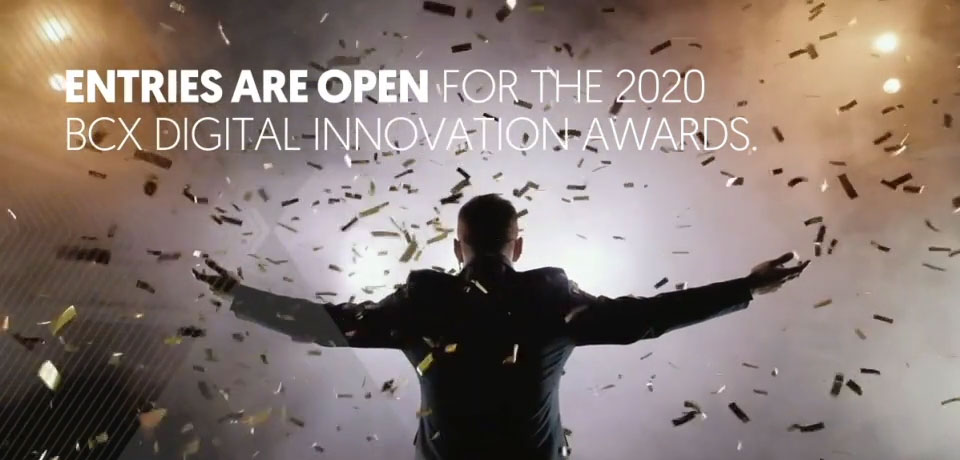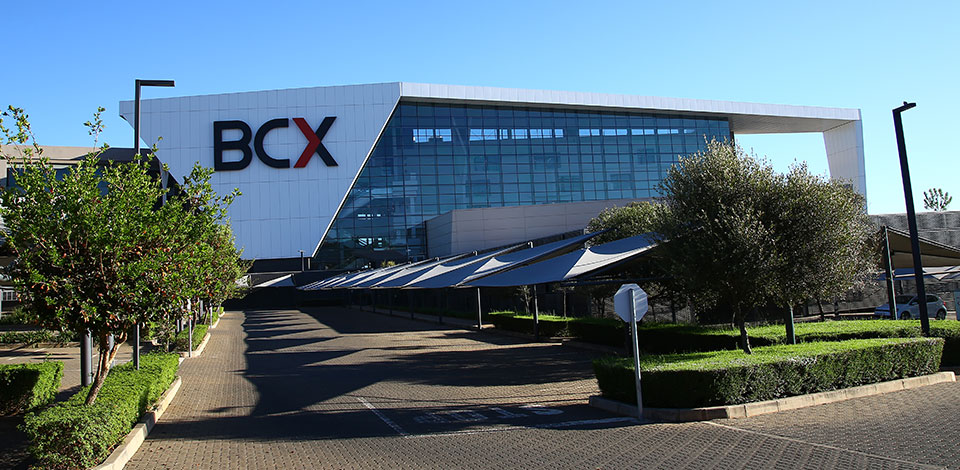
How Can a Culture of Collaboration Transform Your Organisation?
Collaboration tools are becoming vital to the way businesses work and grow, offering solutions that increase productivity and workforce collaboration.
As more and more organisations are realising the value of collaboration technology and the digital workplace, it’s no longer the question of whether new ways of teamwork can help, but how to get the most out of these solutions.
A report by Accenture, “How collaboration technologies are improving process, workforce and business performance”, notes that while collaborative technology solutions have been around for years, organisations are not yet deriving the transformational benefits they should be.
“Companies need their critical workforces to perform smarter, faster and more productively. Achieving that goal requires embedding collaborative technologies deep into processes and incentivising collaborative behaviours – ultimately transforming the way organisations turn knowledge into action. Collaboration platforms should do more than help employees talk about their work; they should create new ways for employees to do their work.” – Accenture
The report points out that there is no lack of collaboration technologies in the marketplace, citing Facebook-like social platforms such as Chatter, Yammer and Jive, as well as employee crowdsourcing tools such as AnswerHub and Spigit. However, these tools cannot just be about better knowledge sharing – they also need to improve the speed and effectiveness of work.
Leaders are already convinced of the need for technologies that improve collaboration. A 2013 Avanade survey found that 77% of decision makers are using such technologies, and 82% of businesses that use collaboration tools want to use even more in the future. However, many believe there is greater value to be had. According to a 2011 Forrester Research report, 64% of executives surveyed said their companies were realising only a subset of potential benefits from collaboration technologies.
The fact is that beyond making it easier for employees to share knowledge and communicate, collaboration tools must help to evolve the speed and effectiveness of how work is done, and lead to better results, greater innovation, and higher productivity. Without effective collaboration technology, companies will experience work fragmentation and disorganisation and, above all, inconsistency in work, all of which will have an impact their goals.
DID YOU KNOW?
A recent IBM Global CEO Study found that over three-quarters of 750 CEOs said that collaboration is crucial to innovation, but only half “believed their organisations were collaborating beyond a moderate level.” Similarly, a McKinsey study found that just a quarter of senior executives said their companies were “effective” at “sharing knowledge across boundaries.”
Accenture says three strategies can help to transform the workplace through collaboration:
- Embed collaboration technologies within business processes
Companies need clear objectives before collaborative technologies can become seamless – embedded in work processes, helpful, integrated, and easy to use. Such objectives answer critical questions as: which specific tasks and processes will benefit most from collaborative technologies? Where is there the potential to create real gains?
For example, teams can use new technologies to create a project charter – the document that states the goals, deliverables, and members of a project. A “social workflow platform” can guide authors through a standardised workplan, with roles, tasks, and templates laid out in advance.
Larger groups can also embed social collaboration platforms into their work processes. The authors of the report cite Unilever Group’s global “Brands for Life” marketing strategy.
Campaigns such as Dove’s “Self Esteem Project” turn consumers into advocates for the company’s brands through social media. It takes plenty of coordination between central marketing staff, local teams, and external creative talent to manage these campaigns. Brand teams use Unilever’s digital platform for social marketing to create their own hubs, internal sites where marketers and their partners converse and access marketing materials. Marketers use the platform to share best practices and discuss their online customer interactions.
- Shape collaborative behaviour through technology
Collaborative behaviour is driven as much by mindset as by technology. With the right tools, companies can see how the workforce is collaborating, and identify what’s working and what is not. Social network analysis tools provide insights into who interacts with whom. Workstream analytics reveals how collaborative processes are being executed, so analysts can identify where these tools are thriving or struggling. But understanding collaborative behaviour is only useful when combined with techniques that successfully change behaviour.
EMC Corp. had an enterprise social network of 240 000 users, but customers, employees, and partners were not using the network as much as hoped. The company implemented a programme where employees win points for completing tasks, answering questions, or doing other work on its social network. Employees receive awards and social recognition for their expertise. It resulted in a 21% increase in total activity.
- Rethink the universe of talent
New technologies do more than accelerate old ways of doing things; they make new ways of doing things possible. Over time, collaborative technologies will create new ways of sourcing and using talent. People tend to be regarded as the assets of a department or local group. But collaboration technologies allow for the possibility of applying expertise wherever needed.
Crowdsourcing and the social web already enable firms to outsource simple, well-defined tasks to workers outside the enterprise. Twitter sources thousands of Amazon Mechanical Turk users from around the world on a pay-per-task basis, to improve how it targets advertising, based on trending hashtags.
In the future, these same concepts and technologies will be applied to more kinds of knowledge work. As an example, Accenture says an automotive engineer in Germany who needs help creating engineering drawings could post a request on a company’s internal community site. A retired engineer in Michigan or a young engineer in Europe could offer to help and receive not just pay but a reputationenhancing public review for completing the job well. Mechanisms like these can help companies plug skill gaps and enable unemployed or retired professionals to contribute their talents.
The report “Enterprise Collaboration Technology 2016: Trends, Issues & Challenges” compiled by the organisers of the 2016 Enterprise Collaboration TechFest in Australia had several interesting observations in support of these views.
To get management buy-in and user adoption, the report says companies must focus on what the business stands to gain from the technology, instead of simply communicating what it does. Further, the technology alone cannot enable collaboration – skilled people are required to drive it. To create a culture of collaboration, the technology must be intuitive and easy-to-use, providing a compelling user experience.
Accenture maintains that executives are right to expect more from the new wave of collaborative technologies in return for all this effort. Rather than accepting modest improvements from these technologies, executives should aim high, and pursue the greater gains that can come from seamless collaboration, using new technologies to encourage collaborative behaviour, and rethinking how organisations take advantage of talent.
TAKE ACTION
- Give employees the time to collaborate and create incentives to help others. Track, credit,and reward even small contributions.
- Collaborative technologies can raise employee expectations and enable them to express frustration. Be prepared to justify yourself when you limit decision-making and information sharing to a small circle of top managers.
- Start adjusting to a more transient workforce. Employees will be drawn to interesting short-term assignments and teams will be a mix of long-term members, short-term assignees, and external contractors. You need to accommodate these trends, or risk missing out on the talent you need.
Resources:
https://www.tallyfox.com/insight/how-collaborative-technology-solves-enterprise-challenges










